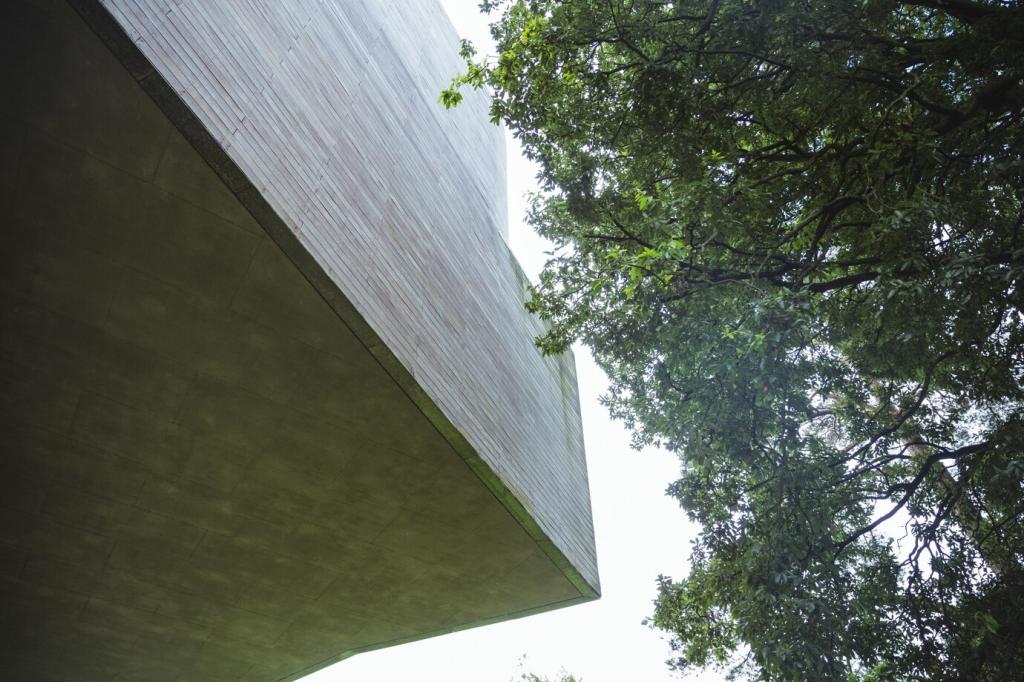Green Home Renovation: Incorporating Renewable Energy

Lower Utility Costs Over Time
One of the most attractive benefits for homeowners integrating renewable energy systems is the potential for drastic reductions in utility bills. Solar panels, wind turbines, or geothermal heat pumps can all substantially decrease monthly energy consumption. Their upfront costs are often offset by the long-term savings accrued over years of operation. Additionally, incentives and rebates offered by governments or local utilities can make these technologies even more accessible, further reducing initial investment hurdles. Over the lifespan of a renewable energy system, homeowners may experience thousands of dollars in savings, which adds significant overall value to the renovation.

Enhanced Indoor Comfort and Air Quality
Green renovations that integrate renewable energy systems often include upgraded insulation, air sealing, and improved ventilation. These improvements create a healthier and more comfortable indoor environment by regulating temperature and reducing drafts, mold, and allergies. Additionally, renewable energy-powered systems typically allow for precision controls that enable better management of indoor temperatures and humidity. As a result, households can enjoy stable comfort year-round without relying on inefficient, fossil-fuel-powered air conditioning or heating units.
Popular Renewable Energy Options for Homes
Solar Power Solutions
Solar panels remain the most accessible and widely adopted renewable energy system for residential applications. They harness sunlight and convert it into electricity, either to be used on-site or fed back into the grid through net metering. Solar power systems can be customized for rooftops, integrated into building facades, or installed as ground-mounted arrays. With the costs of photovoltaic technology steadily decreasing, solar installations have become viable for more homeowners. Maintenance is minimal, and with the right system, houses can achieve significant independence from the electrical grid, particularly in sunny regions.
Wind Energy for Residential Use
Residential wind turbines are another wonderful option for homeowners located in areas with sufficient wind resources. These systems convert kinetic energy from the wind into electricity, providing a renewable power source year-round. Small-scale wind turbines are typically installed on towers above the home or on larger properties with open land. The effectiveness of wind power largely depends on the surrounding environment; rural and coastal homes often see the best results. Wind power, when combined with other renewable systems, can provide continuous power generation and minimize reliance on external energy suppliers.
Geothermal Heating and Cooling
Geothermal systems leverage the stable temperatures found below the earth’s surface to heat or cool a home efficiently. By installing a network of underground pipes, these systems absorb or release heat as needed throughout the year. Geothermal heat pumps drastically reduce the energy required for climate control compared to conventional systems, leading to lower utility bills and consistent indoor comfort. Though initial installation costs can be higher, the long-term benefits—such as increased efficiency, low operating costs, and minimal emissions—make geothermal energy an increasingly popular choice in comprehensive green renovations.
Assessing Energy Needs and Goals
Every home is unique, and understanding specific energy requirements is foundational to a successful green renovation. An energy audit provides insight into current consumption patterns, inefficiencies, and opportunities for improvement. This evaluation helps in determining which renewable energy systems will yield the most impact and how much energy generation is realistically achievable. Clear goals—such as achieving net-zero energy use or drastically reducing carbon emissions—guide renovation decisions and ensure that investments align with long-term sustainability objectives.
Site Evaluation and Feasibility
The feasibility of different renewable energy solutions depends heavily on the property’s physical characteristics and local climate. A thorough site evaluation includes examining sun exposure for solar panels, wind patterns for turbines, and soil conditions for geothermal systems. Understanding zoning regulations and utility connections is also essential to enable seamless integration of new technologies. Professional assessments simplify the selection process, balancing practicality, cost, and anticipated performance to maximize the benefits of the renovation.
Collaborating with Green Building Professionals
Expertise in green construction and renewable energy is invaluable to homeowners pursuing sustainable renovations. Certified architects, builders, and energy consultants can offer critical guidance on system sizing, material selection, and design optimization. They also help navigate available incentives, permitting, and compliance with building codes. This collaboration streamlines the project, ensuring that all elements work together efficiently to achieve the highest levels of sustainability and comfort.
